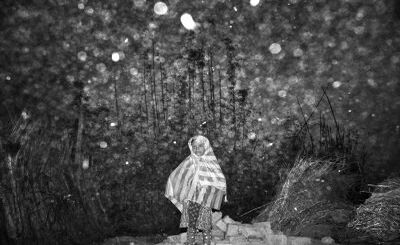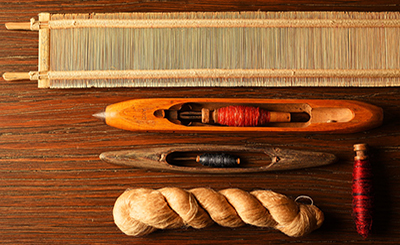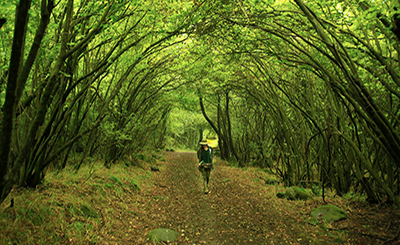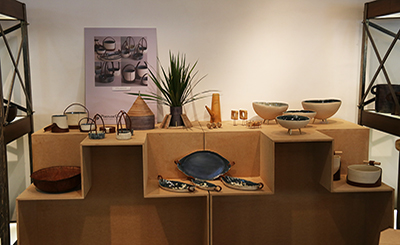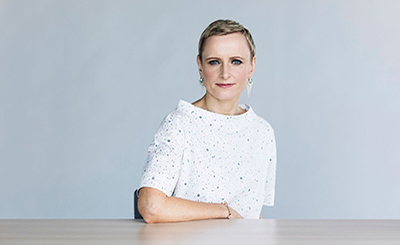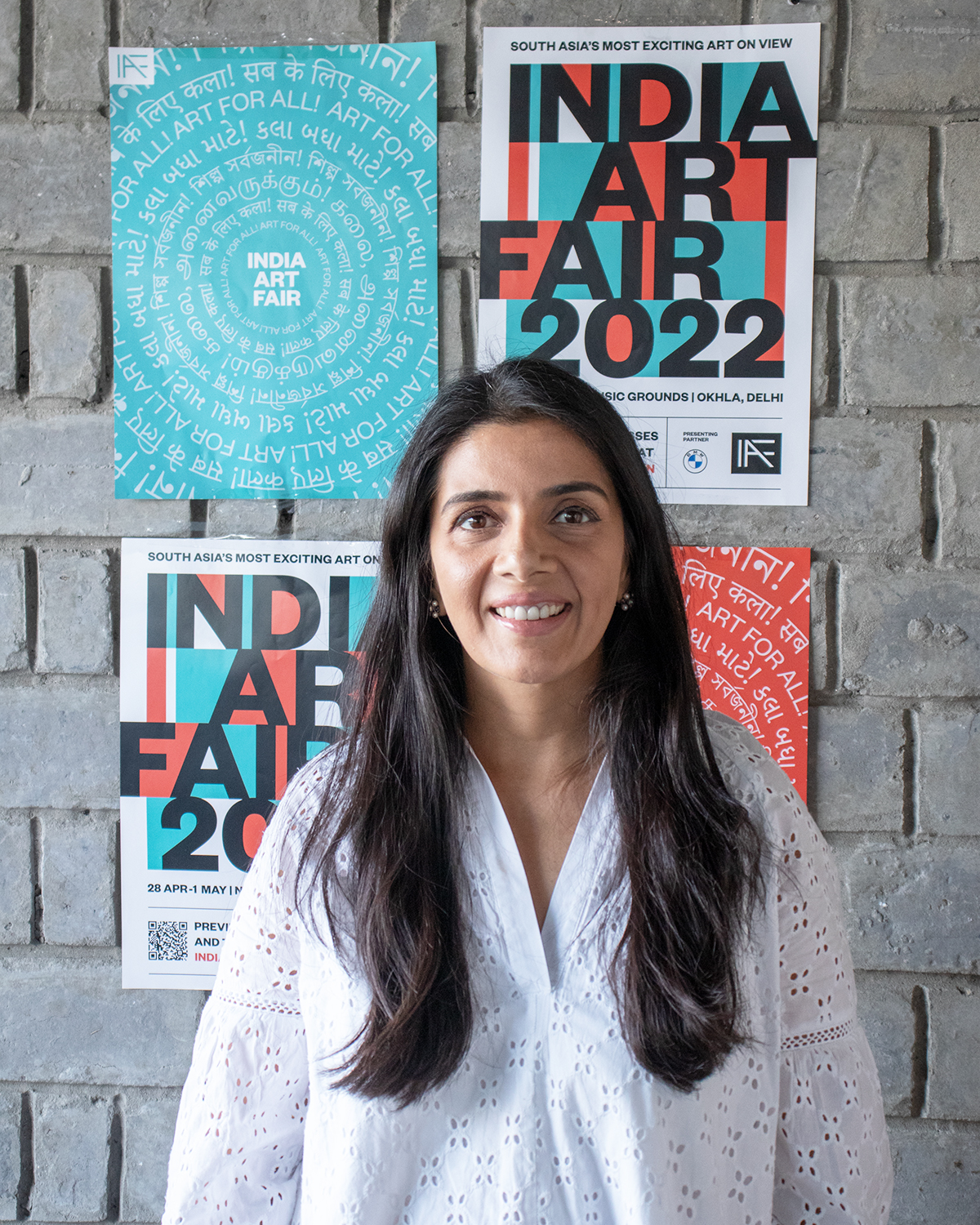
Jaya Asokan, director of India Art Fair. Photo: India Art Fair
Jaya Asokan took over as the new director of India Art Fair (IAF) last year. IAF, South Asia’s largest commercial art event, will be held in New Delhi from April 28 to May 1. Asokan previously served as IAF’s deputy director as well as the director of exhibitor relations. Prior to that, she worked as senior manager, client relations, at the Mumbai auction house SaffronArt. Excerpts from an interview:
Uma Prakash: What were the challenges of taking over as the director of IAF amidst the pandemic last year? What was your reaction when you found out that it was going to be postponed?
Jaya Asokan: I took over as the Fair Director in April 2021 and it has been a year of learning and experimentation, not just for me, but for the whole team. It was literally like a gap year, which we used as an opportunity to trial and test new ideas to adapt to changing conditions. Through the lockdowns and the pandemic, we realised the immense potential of art and culture, as entertainment, therapy and an object, which led us to evolve the fair strategy and transition from a four-day event into a year-round brand with 365 days of presence, whether through pop-up events, programming or editorial.
Uma Prakash: What are the highlights of the 13th edition of the fair? There are many firsts in this art fair from the fair façade to the choices of new galleries, to a colossal mural by the women and trans-women collective Aravani Art Project. Comment.
Jaya Asokan: There’s great excitement regarding the fair’s return — it will be a celebration of India and South Asia, with the artists’ voice at its centre. The Indian art market has been quick to bounce back, driven by a strong domestic demand especially amongst the next generation of collectors.
One of the major and most visible highlights will be the fair facade, which will be transformed into a work of art by the young artist and printmaker Anshuka Mahapatra, celebrating ideas of hope, love, life and togetherness through phrases taken from poems in seven Indian languages.
Indeed, we will have amazing large-scale art projects like the colourful 50-feet long mural along the front walkway of the fair created by trans and cis-women artists of Aravani Art Project, supported by Saffronart Foundation titled ‘The Future is Femme’ and an impressive metal sculpture made of reused silencer pipes evoking optimism in challenging times by the young Kolkata-born and bred Narayan Sinha supported by the Arts Ananda Trust. One of our favourite Indian contemporary artists Shilpa Gupta has also created T-shirts with the statement ‘I Look at Things With Eyes Different From Yours’ which will be worn and brought to life by our volunteers and interns at the fair.
Within the exhibition halls, we’re proud to welcome more than 60 galleries, from the big legacy names such as Vadehra Art Gallery, Delhi Art Gallery (DAG), Gallery Espace, Anant (all New Delhi), Chemould Prescott Road, Galerie Mirchandani + Steinruecke, Galerie ISA (Mumbai) and Experimenter and Emami Art (Kolkata), to seven new entrants to the scene like APRE Art House, Art Incept, Modern Art Gallery, Ojas Art and Terrain.art (all Delhi), Vida Heydari Contemporary from Pune and Gallery Art Exposure from Kolkata.
There will be something for everyone in our Auditorium Talks programme with the generation-defining stalwarts of Indian art and culture like Atul Dodiya, Kiran Nadar, Tasneem Mehta and Shashi Tharoor speaking alongside young and bright changemakers like Ayesha Singh of the peer-support group Art Chain India, Poornima Sukumar and Sadhna Prasad of transartist collective Aravani Art Foundation, Shilo Shiv Suleman of the Fearless Collective and India Art Fair’s artists in residence Haroun Hayward and Indu Antony among so many others. We are also launching two major books in our Auditorium: Moving Focus, India, a book of photographs by iconic photographer Raghu Rai, and French Ambassador to India Emmanuel Lenain; and 20th Century Indian Art, edited by Partha Mitter, Parul Dave Mukherji and Rakhee Balaram, by Thames & Hudson and Art Alive Gallery.
Apart from the talks, we will also have performance art by the amazing young artists Gurjeet Singh and Arpita Akhanda and the beloved British-Indian artist Hetain Patel, making themes such as identity, divisions and togetherness come to life. In our Workshop Space, visitors will have the opportunity to take art into their own hands through sessions on printmaking, textile art and paper-weaving in addition to special sessions for teachers on bringing art into the classroom. The workshops will be conducted in English, Hindi and sign-language to be able to include as many people as possible.
Last but not the least, the fair’s bookshop will be every art lover’s delight, stocked with the best art books, magazines, artist photo books and self-published zines. Informal book launches will provide a perfect opportunity to meet the creators behind the artist books, special catalogues and braille books as well as get your copies signed.
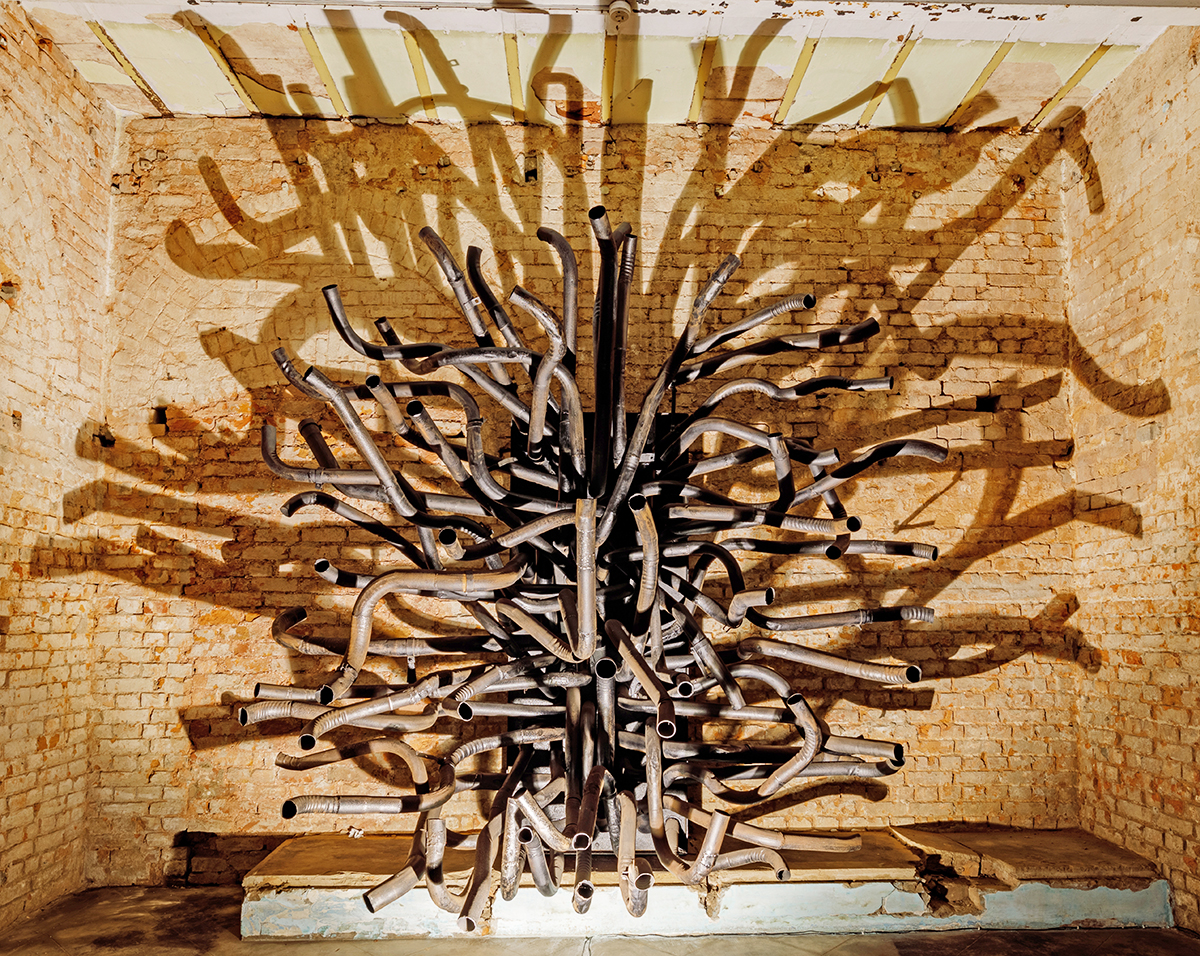
Narayan Sinha, Unknown, Metal Sculpture
Uma Prakash: Is this the first time that traditional art practices like Madhubani paintings etc… will be on display with contemporary art?
Jaya Asokan: We have had living art traditions from India on display as part of our platform section before, but this year we are specially revamping the section with curator Amit Kumar Jain at the helm. The section will focus on the rich living traditions and its contemporary practitioners, giving a spotlight to the artists and art forms that are underrepresented in the art world. From works by the renowned late Gond artist Jangarh Singh Shyam (Fableux Arts) and Mithila artist Santosh Kumar Das (Ojas Art) to the amazing bronze face masks and ‘mukhalingams’ from coastal Kerala and Karnataka, the Platform section this year aims to introduce the so-called ‘traditional and folk art’ into the broader conversation of contemporary art.
Uma Prakash: You are also planning to partner with non-profit institutions. What do you hope to achieve? Will this fair be the long-awaited window for other forthcoming art events like Kochi Biennale?
Jaya Asokan: Coming out of the pandemic, we’ve realised the importance and power of community more than ever before. With an unwavering commitment to the local and grassroot arts scene, the 2022 fair will have unprecedented representation from 14 non-profits and institutional partners from across the region who have been instrumental for the arts in India, with highlight artist projects from Kochi Muziris Biennale, Serendipity Arts Festival, Khoj International Artists Collective, Kolkata Centre for Creativity, HH Art Spaces, MAP Bangalore, Space118, The Gujral Foundation and Chennai Photo Biennale. Many of the projects are absolutely new and never-before-seen which were commissioned and produced in the past year — it’ll be amazing to finally see these works in flesh and amongst people.
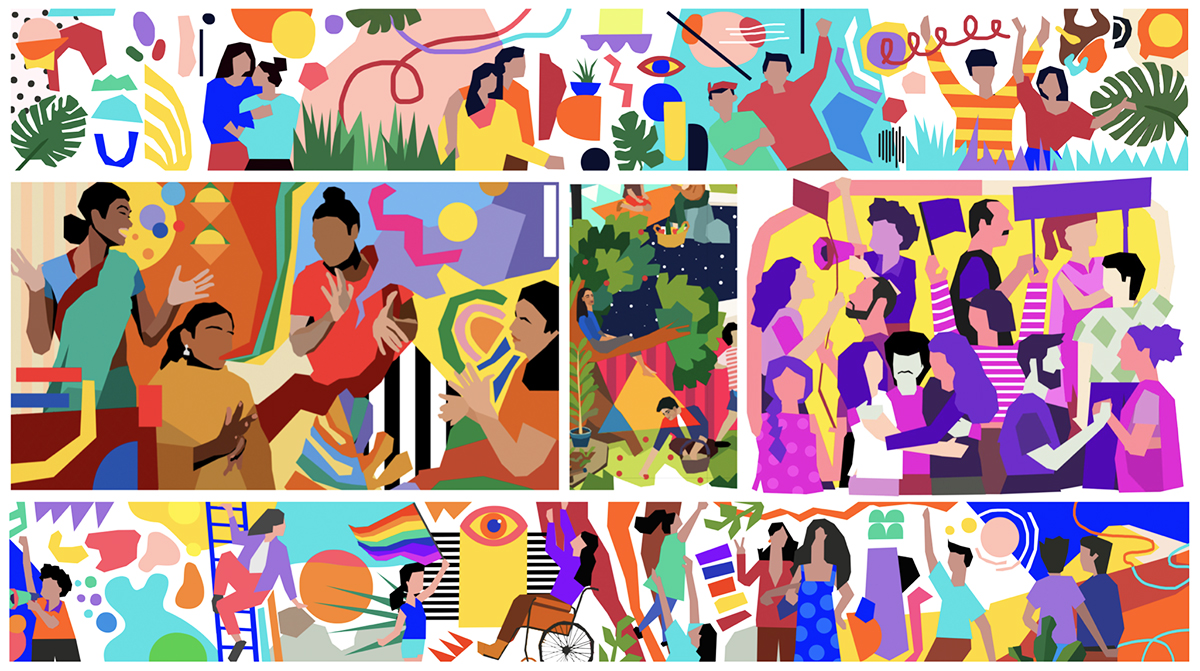
Mural Concept by Aravani Art Project
Uma Prakash: There is a definite attempt to make the art fair inclusive rather than exclusive by including other art forms like design, architecture etc.
Jaya Asokan: As someone with a background in a range of creative disciplines, including design, jewellery and fashion, I am very keen to build bridges across fields at the fair. This not only brings art to many more people but brings new ideas and energy into the visual arts.
One of the ways in which we are doing this is through our refreshed Young Collector’s Programme that aims to open up the world of art and collecting to all of those who are interested. For the first time we have nominated a ‘Young Patron of the Year’, the music rising stars, Madstarbase who are showing their commitment to supporting the arts by bringing the budding Mumbai gallery, Method to Delhi for a show during the fair week. Especially for our young collectors, we will have a range of fun programming around this show and others as a way to make the world of art collection more welcoming and approachable.
We are of course also working hard to make the fair an accessible and inclusive space in the broader sense too, making sure to have entry-to-exit wheelchair accessibility, wide aisles, proper signage along with a special Inclusion Lab with braille guides, tactile works and awareness workshops being led by the experts at Access for All.
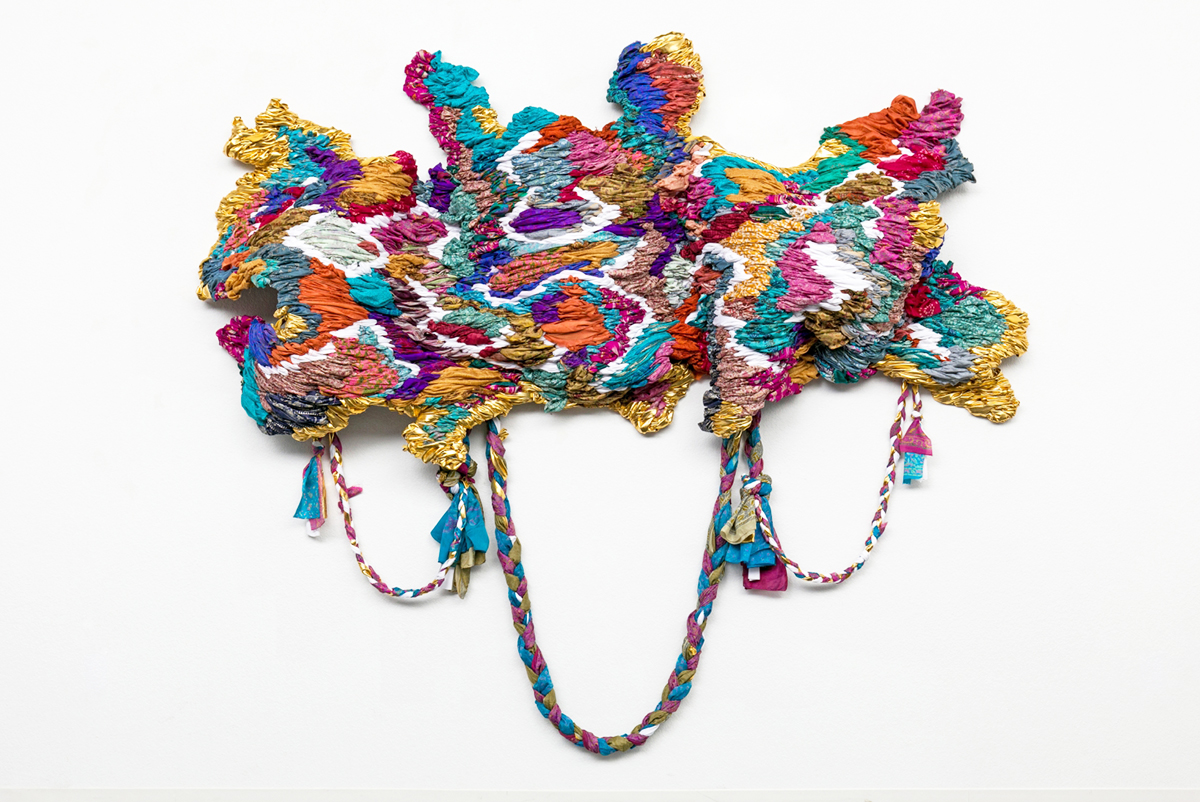
Suchitra Mattai, And The Waves Purged The Fears, 2020. Vintage Saris, Wire, Fabric
Uma Prakash: During the pandemic there has been a focus on digital infrastructure. Will you use this medium to reach out to more people?
Jaya Asokan: The pandemic showed us the power and potential of the digital world to reach, educate, inspire and engage audiences at an unprecedented scale. By continuing to build our digital infrastructure and activities, we have been able to reach artists, art-lovers and not-yet art-lovers from all over the world.
India Art Fair’s website is already a go-to source and directory of the region’s most exciting and important artists. We have also extended our IAF Parallel programme of ongoing events and exhibitions taking place in galleries, museums and alternative arts spaces in India and beyond. To open access to all the incredible opportunities in the arts, we also inaugurated a new Noticeboard to highlight grants, residencies and open jobs for artists and arts professionals, and are soon building an archive that will serve as an online database for curious readers and researchers.
Recently, we ran a social media campaign #FeaturingSouthAsia in which we encouraged our audience to share with us, in one image, what they loved about South Asian art and culture, and received hundreds of submissions. We are taking advantage of the incredible potential of digital platforms like social media that allow us not only to bring art to new audiences but also to learn from those in our extended digital community.
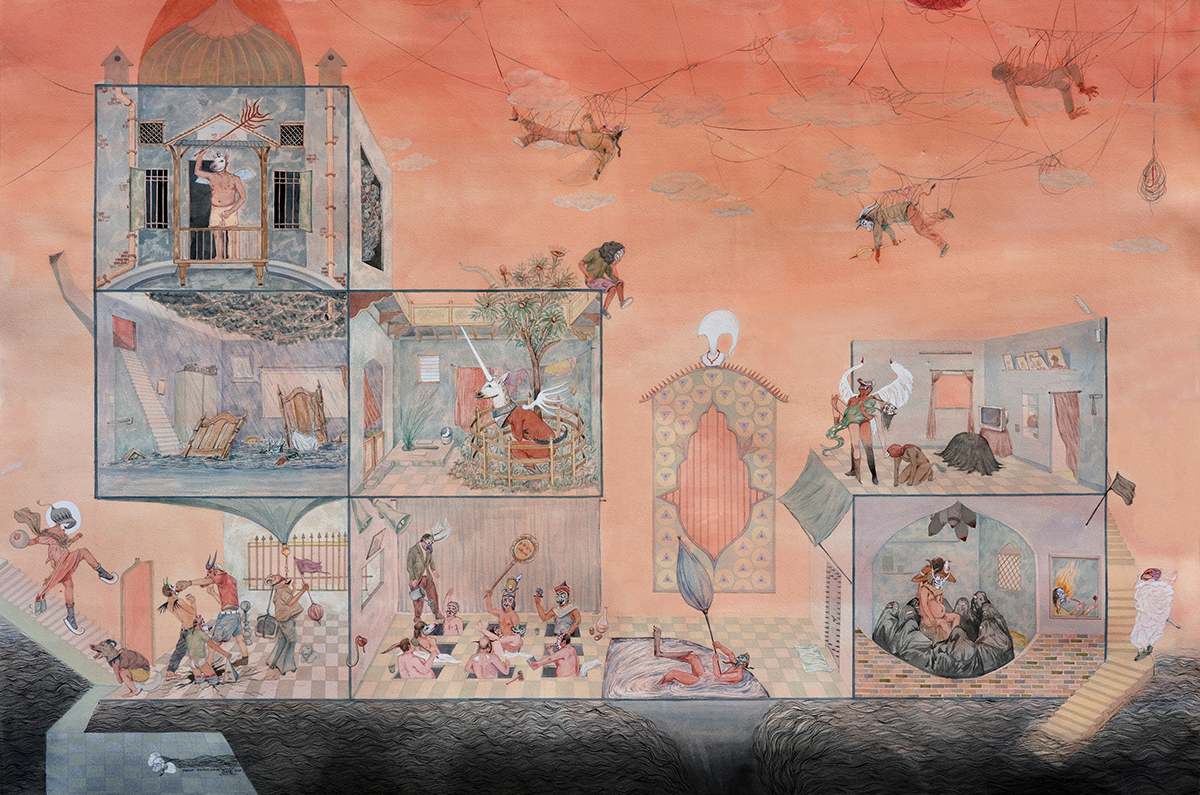
Yogesh Ramkrishna, Some People Are Not Fit To Rule Themselves, 2020. Wash and Gouache on Paper
Uma Prakash: How diverse is your selection of artists in this edition? Will we see talented voices that have emerged through the difficult past few years? Besides the commercial aspect of the fair, will we also see challenging artworks on politically relevant issues of our times?
Jaya Asokan: One of the key criteria for the Selection Committee this year was if exhibitors were making an effort to bring new names to the fair, and so the fair halls will be full of young and emerging talent. From established galleries like Jhaveri Contemporary and Galerie ISA expanding their rosters with fresh talent like Ramesh Mario Nithiyendran and Maha Ahmed respectively to the artists from young galleries like Tsering Negi and Keerti Pooja from Modern Art Gallery, Kumar Misal, Viswanath Kuttum and Zarrin Fatima Shamsi from Art Incept, and digital artists Amrit Pal Singh, Laya Mathikshara and Khyati Trehan — all represented by Terrain.Art.
Art is as much a reflection of its times as it is a form of inner expression. So, many of the works at the fair will speak to the issues of our world. Artists like Sujith S.N. (Galerie Mirchandani + Steinruecke), Faiza Hasan (GALLERYSKE) and Subodh Kerkar (APRE Art House) will reflect powerfully on climate change and sustainability; For Achia Anzi (Threshold Art Gallery), T.V. Santhosh (The Guild) and Baaraan Ijlal (Shrine Empire) the personal is political; Tsohil Bhatia (Blueprint12), Anupama Alias (Latitude 28) and Shine Shivan (Sakshi Gallery), Suchitra Mattai (Aicon Contemporary) and Bushra Waqas Khan (Anant Art) all make us look at gender and sexuality with new eyes.
We are so glad to have these artists and so many more present a dazzling range of mediums from drawings and painting to experimental sculptures and digital and NFT artworks and engage in the questions of the next generation — identity, political voice and representation, mental health and sustainability, paving the way for an inclusive and inspired future.
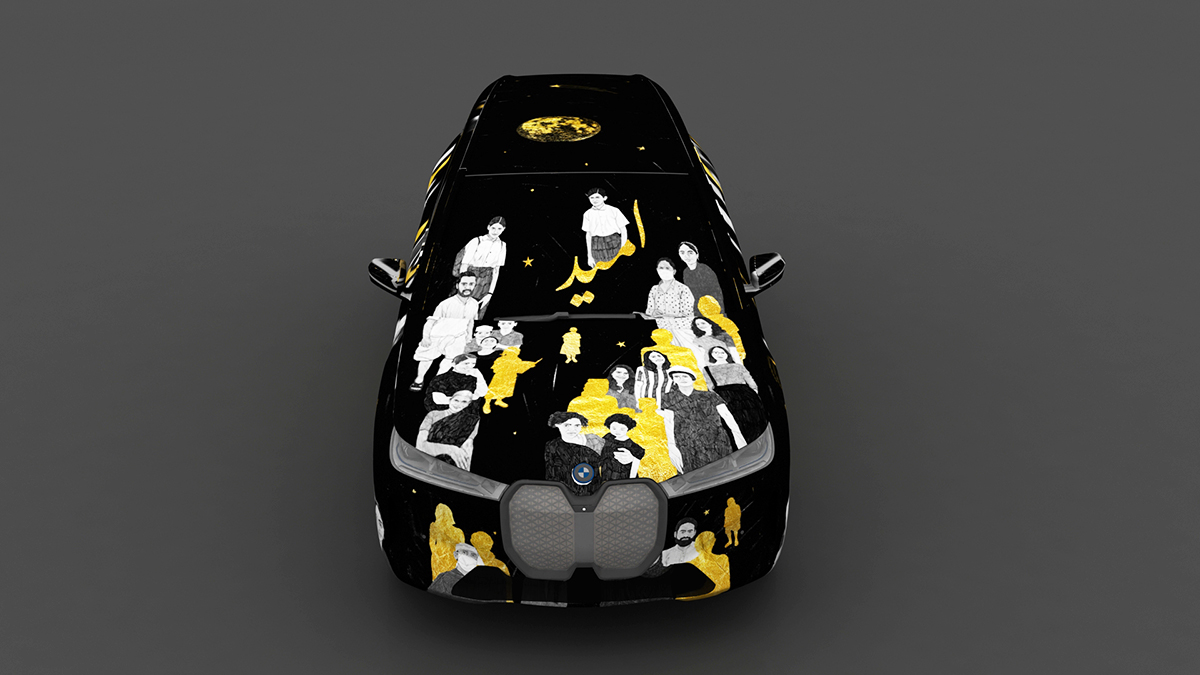
Faiza Hasan’s ‘Suno’ on BMW iX
Uma Prakash: BMW has been involved with India Art Fair for the sixth year. Could you talk about BMW’s initiative ‘The Future is Born of Art’? What made you choose Faiza Hasan as the artist for painting the BMW car?
Jaya Asokan: We’re incredibly happy to work with BMW India for the sixth year in a row, and introduce ‘The Future is Born of Art’ Commission, a first-of-its kind project aimed to champion young Indian artists and give one the incredible opportunity to create a car wrap from the new all-electric BMW iX based on the theme of ‘sustainable circularity’. The winning artist, based on jury votes and an audience poll, was artist Faiza Hasan, whose design ‘Suno’ will be on display at the fair on an BMW iX. Faiza’s design puts the faces of people from the community at the forefront along with words like the car’s title ‘suno’ meaning ‘listen’— asking us to put our communities at the centre of all our sustainability activities.
Uma Prakash: Have you been able to include international galleries in spite of the pandemic?
Jaya Asokan: As always, we are proud to present a select number of international participants, including Galeria Karla Osario from Brazil, Aicon Art and Aicon Contemporary from New York and Grosvenor Gallery from London. Whilst we will certainly miss some of our other international galleries at the fair this year due to COVID-19-related travel restrictions, we are taking the opportunity to look within and around, by spotlighting the incredible artists, galleries and partners who have been instrumental in taking Indian and South Asia’s art scene from strength to strength.
More from Arts
Comments
*Comments will be moderated



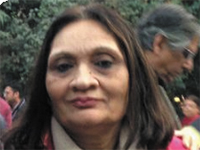
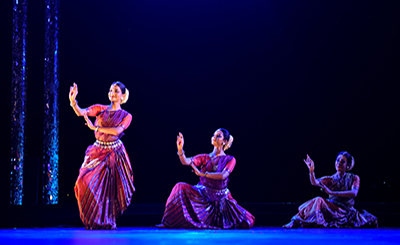
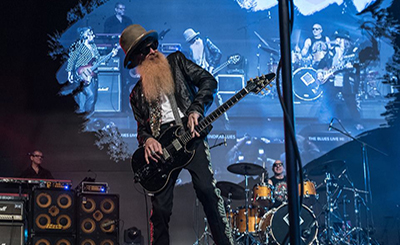
.jpg)
